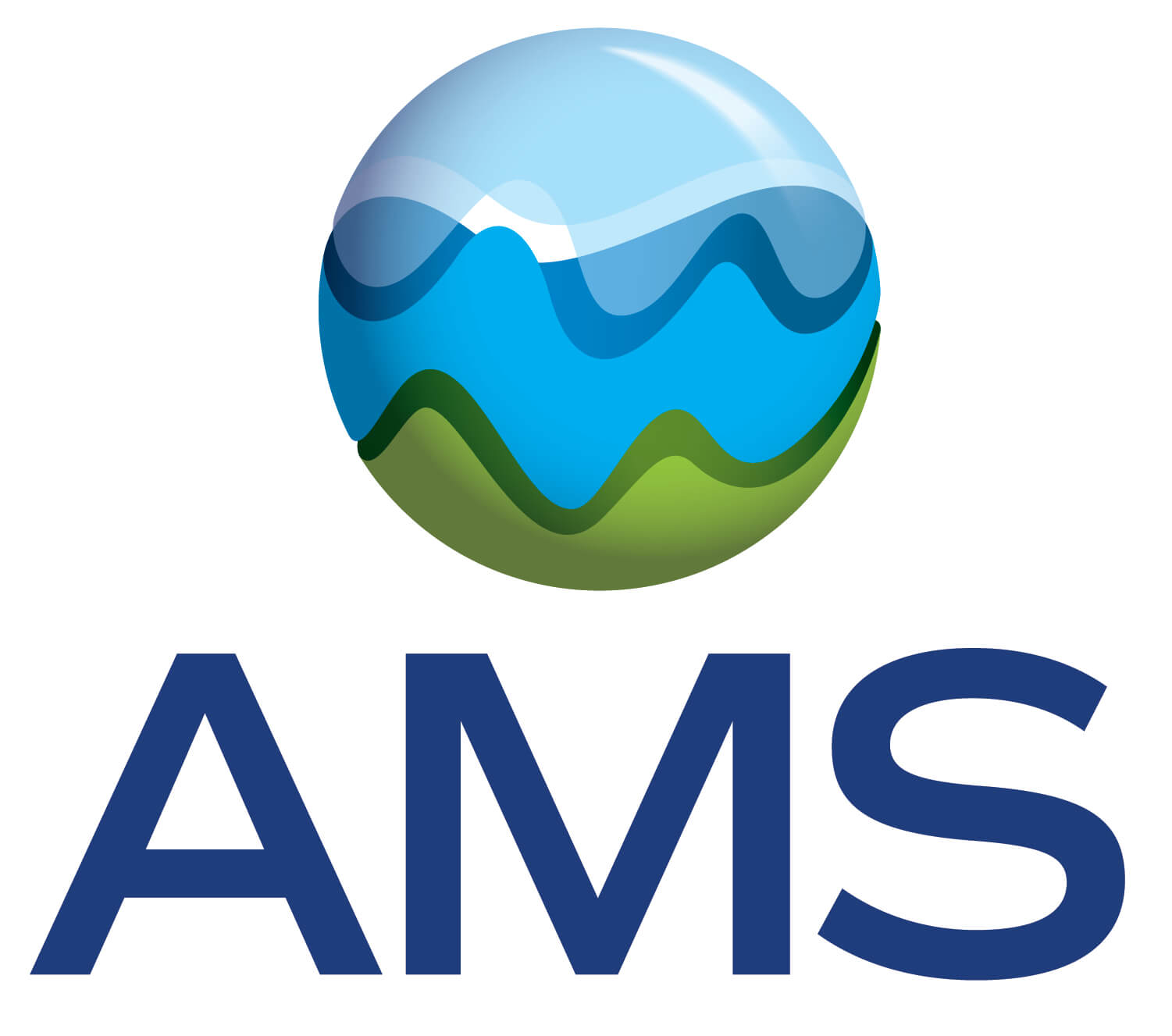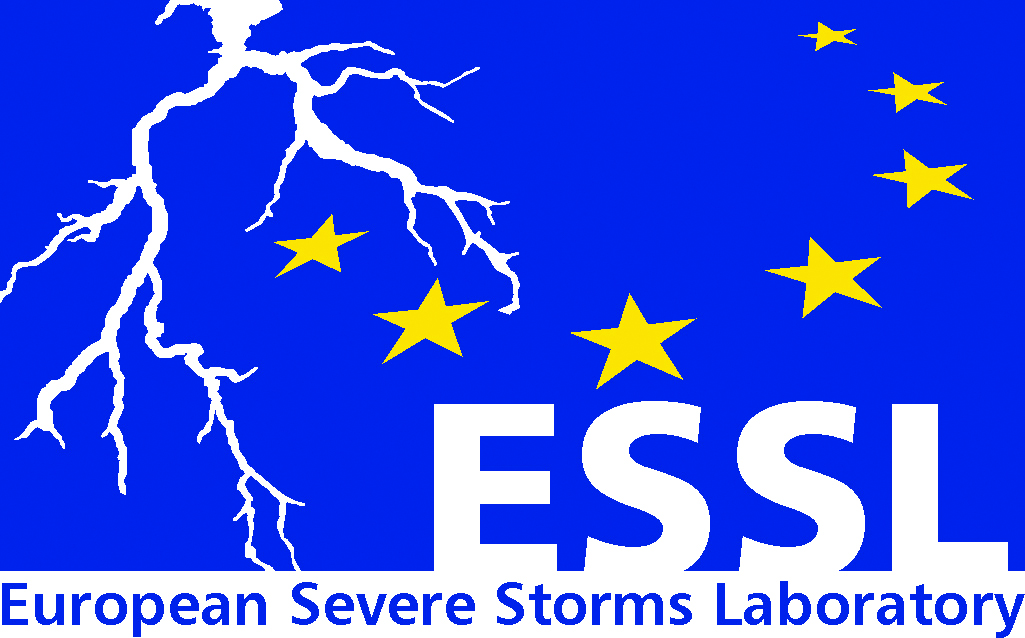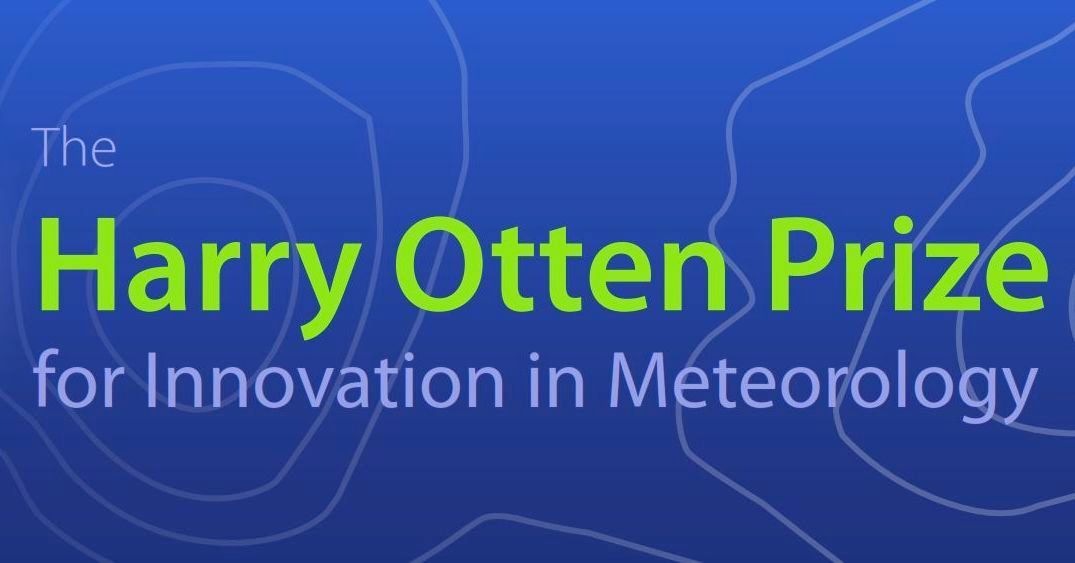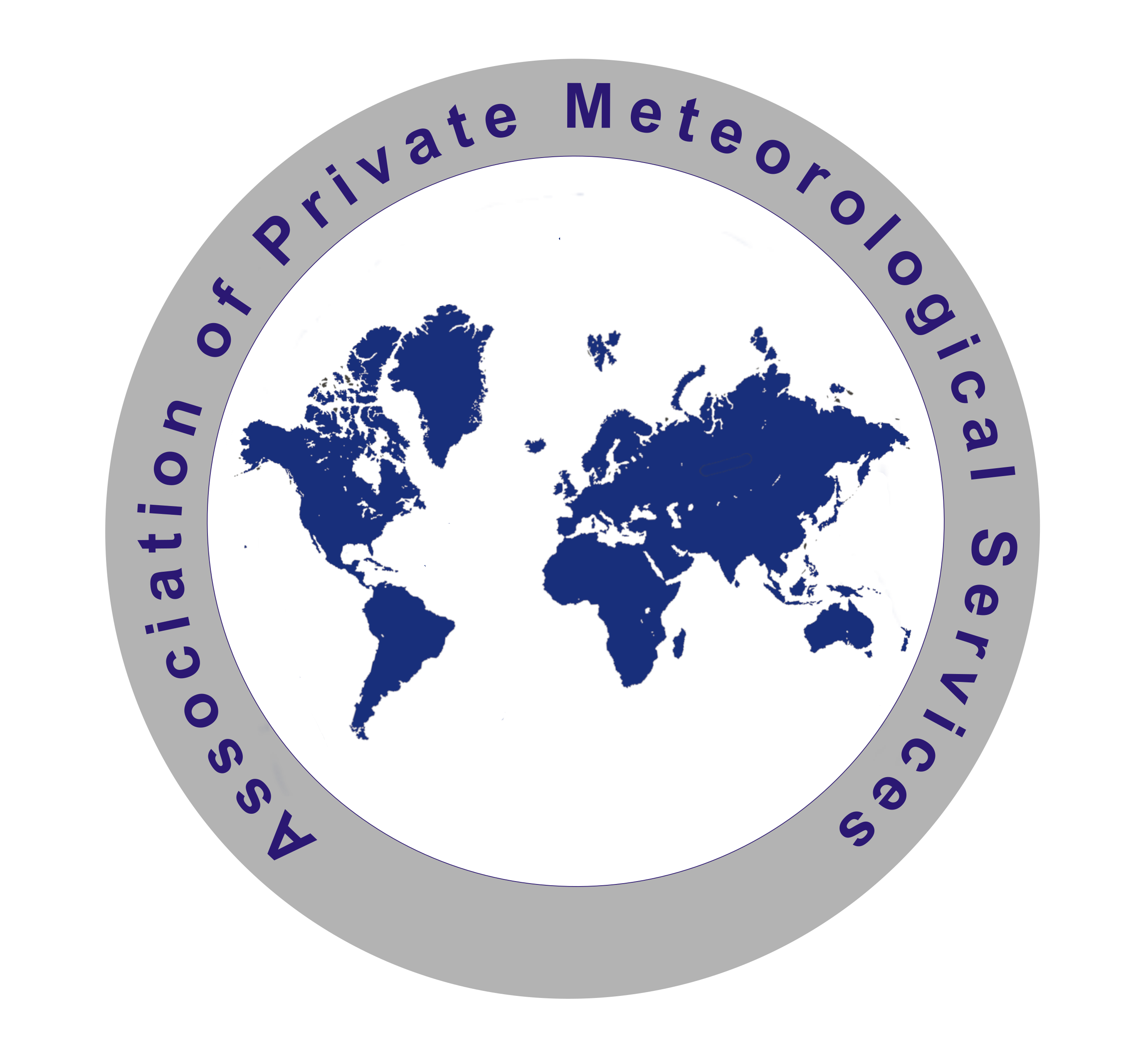Atmospheric and Climate dynamics, predictability, and extremes
Including EMS Young Scientist Conference Award Lecture
Conveners:
Davide Faranda,
Shira Raveh-Rubin,
Christian Grams,
Gabriele Messori
|
Co-convener:
Michael Riemer
Orals
|
Tue, 03 Sep, 09:00–17:15 (CEST) Aula Magna, Wed, 04 Sep, 09:00–17:15 (CEST) Aula Magna
Posters
|
Attendance Tue, 03 Sep, 18:00–19:30 (CEST) | Display Mon, 02 Sep, 08:30–Tue, 03 Sep, 19:30 |Poster area 'Vestíbul', Attendance Wed, 04 Sep, 18:00–19:30 (CEST) | Display Wed, 04 Sep, 08:00–Thu, 05 Sep, 13:00 |Poster area 'Vestíbul'
Despite substantial progress in numerical modelling in recent decades, predictability for weather and extreme events is often limited and the assessments of future changes remain uncertain. This underscores the need to improve our understanding of the complex, nonlinear interactions of dynamical and physical processes that influence predictability at different lead times and determine the location, timing, and magnitude of extreme events.
This session will discuss our current understanding of how physical and dynamical processes connect atmospheric motions across temporal and spatial scales and how this relates to intrinsic and practical predictability of various weather phenomena. We particularly welcome contributions advancing our understanding, prediction, and future projections of weather and climate extremes, from both an applied and theoretical viewpoint, and with socio-economic impacts, e.g. on power systems.
Topics of interest include but are not limited to:
(1) Synoptic-scale atmospheric dynamics affecting the timing, positioning, and amplitude of weather events (e.g., the stationarity and amplitude of Rossby waves).
(2) Large-scale atmospheric and oceanic influences (e.g., the stratosphere, the Artic, or tropical oceans) on atmospheric variability and predictability in the midlatitudes.
(3) Intrinsic limits of predictability for various atmospheric phenomena and their link to the multi-scale, non-linear nature of atmospheric dynamics.
(4) Practical limits of predictability and the representation of atmospheric phenomena in numerical weather prediction and climate models including sensitivities to the model physics.
(5) Weather and climate extremes, including compound extreme events, their dynamics, predictability, and representation in weather and climate models.
(6) Statistical and mathematical approaches for the study of extreme events.
(7) Impact and risk assessment analyses of extreme events, in particular with a focus on renewable power systems and Europe.
(8) Extreme event attribution and changes in extreme event occurrences under climate change.
09:00–09:05
Opening Remarks
1. Predictability and Representation in Models
09:05–09:20
|
EMS2024-556
|
solicited
|
Onsite presentation
09:20–09:30
additional time and discussion on solicited talk
09:30–09:45
|
EMS2024-205
|
Online presentation
09:45–10:00
|
EMS2024-995
|
Onsite presentation
10:00–10:15
|
EMS2024-740
|
Onsite presentation
10:15–10:30
|
EMS2024-55
|
Onsite presentation
Coffee break
Chairperson: Jamie Mathews
2. Dynamics of Weather and Climate Extremes
Compound Events, Rossby Waves, Blocking
11:00–11:15
|
EMS2024-931
|
Online presentation
11:15–11:30
|
EMS2024-265
|
Onsite presentation
11:30–11:45
|
EMS2024-805
|
Onsite presentation
11:45–12:00
|
EMS2024-812
|
Onsite presentation
Heat Waves
12:15–12:30
|
EMS2024-507
|
Onsite presentation
12:45–13:00
|
EMS2024-220
|
Online presentation
Lunch break
Chairperson: Christian Grams
Windstorms
14:00–14:15
|
EMS2024-572
|
Onsite presentation
14:15–14:30
|
EMS2024-636
|
Onsite presentation
Power disruption risk analysis in Portugal associated with extratropical cyclones
(withdrawn)
14:30–14:45
|
EMS2024-719
|
Onsite presentation
14:45–15:00
|
EMS2024-833
|
Onsite presentation
15:00–15:15
|
EMS2024-303
|
Onsite presentation
15:15–15:30
|
EMS2024-697
|
Onsite presentation
Coffee break
Chairperson: Davide Faranda
Dust
16:00–16:15
|
EMS2024-986
|
Onsite presentation
16:15–16:30
|
EMS2024-771
|
Onsite presentation
Floods & Precipitation
16:30–16:45
|
EMS2024-448
|
Onsite presentation
16:45–17:00
|
EMS2024-140
|
Onsite presentation
17:00–17:15
Poster pitches
Poster Pitches Tuesday Display Time (15 x 1min)
3. Large-scale Dynamics and their Connection to Synoptic Systems
Tropical Dynamics and Teleconnections
09:00–09:15
|
EMS2024-1035
|
Online presentation
On the nature of El Niño’s “little brother”
(withdrawn)
09:15–09:30
|
EMS2024-402
|
Onsite presentation
09:30–09:45
|
EMS2024-403
|
Onsite presentation
09:45–10:00
|
EMS2024-513
|
Onsite presentation
Tibetian Plateau and East Asian Monsoon
10:00–10:15
|
EMS2024-99
|
Onsite presentation
10:15–10:30
|
EMS2024-224
|
Onsite presentation
Coffee break
Chairperson: Jacopo Riboldi
Arctic and the Stratosphere
11:00–11:15
|
EMS2024-89
|
Onsite presentation
Blocking & Rossby Waves
11:30–11:45
|
EMS2024-102
|
Onsite presentation
11:45–12:00
|
EMS2024-917
|
Online presentation
12:00–12:15
|
EMS2024-1053
|
Onsite presentation
12:15–12:30
|
EMS2024-466
|
Online presentation
12:30–12:45
|
EMS2024-583
|
Onsite presentation
4. Future Changes
12:45–13:00
|
EMS2024-239
|
Onsite presentation
Lunch break
Chairperson: Alice Portal
14:00–14:15
|
EMS2024-280
|
Onsite presentation
14:15–14:30
|
EMS2024-691
|
Onsite presentation
14:45–15:00
|
EMS2024-562
|
Onsite presentation
Atmospheric circulation representation in CMIP6 models for extreme temperature events using Latent Dirichlet Allocation
(withdrawn)
15:00–15:15
|
EMS2024-59
|
Onsite presentation
5. Tropical and Extratropical Cyclones
15:15–15:30
|
EMS2024-707
|
Onsite presentation
Coffee break
Chairperson: Mireia Ginesta
16:00–16:15
|
EMS2024-439
|
Online presentation
16:15–16:30
|
EMS2024-360
|
Onsite presentation
16:30–16:45
|
EMS2024-769
|
Onsite presentation
16:45–17:00
|
EMS2024-890
|
Onsite presentation
17:00–17:15
Poster Pitches Wednesday Display Time (15 x 1min)
1. Predictability and Representation in Models
2. Dynamics of Weather and Climate Extremes
VB28
|
EMS2024-66
Arctic and Pacific Ocean Conditions Were Favourable for Cold Extremes over Eurasia andNorth America during Winter 2020/21
(withdrawn)
VB30
|
EMS2024-288
Low-frequency features during the two typical extreme cold events in China
(withdrawn after no-show)
3. Large-scale Dynamics and their Connection to Synoptic Systems
4. Future Changes
5. Tropical and Extratropical Cyclones















